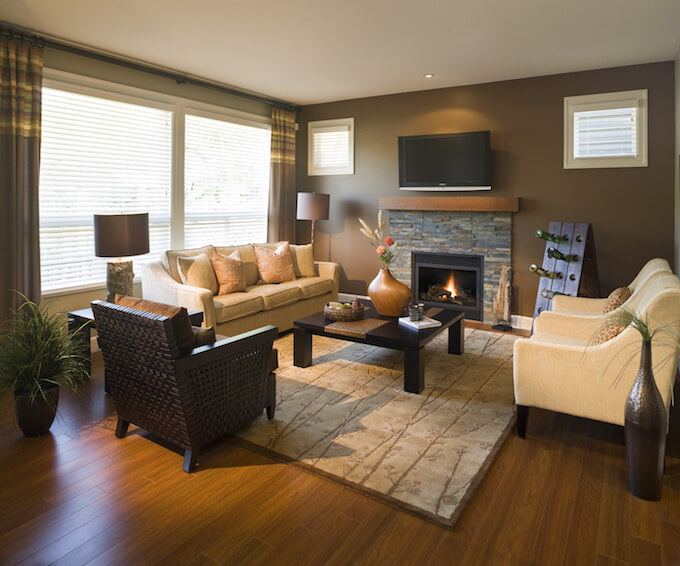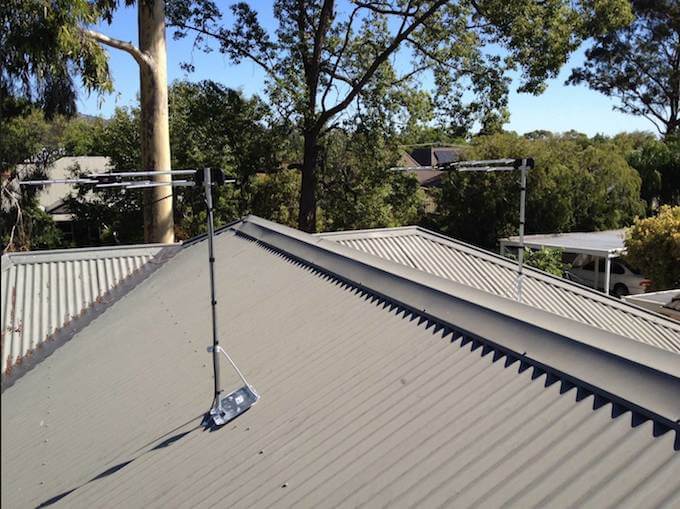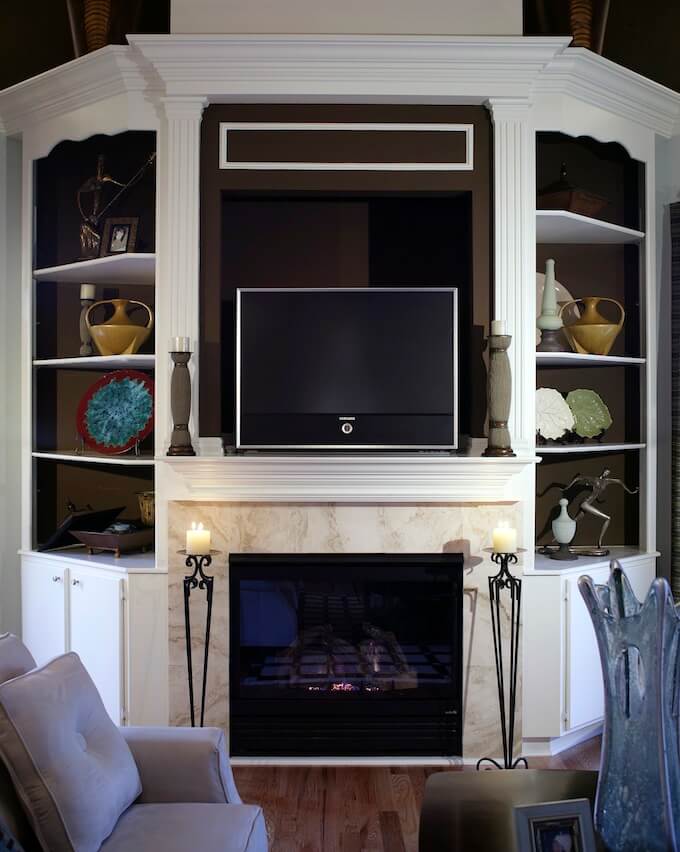How Much Does It Cost to Install A TV Antenna?
Most homeowners spend between $520 to $1150 nationally. Chicago is more expensive than the national average. Whether you want to keep up to date with your local news station, give up cable television or simply enjoy high-quality, uncompressed signals, you need an antenna to tune in to over-the-air television broadcasts. Installing an antenna may seem like a relatively straightforward process, but it often involves working on the roof of your home with electrical equipment, so in most cases its much better idea to hire a pro than risking your safety with a DIY installation. In addition antenna installations tend to get tricky when it come to multiple coax lines and connections in a home.
If you’re ready to save some cash and avoid a $160 to $285 cable bill, let us help you with your HDTV antenna installation.
Chicago Area TV Antenna Costs (Including Installation)
Chicago Area Max Installed Cost – $1150.00
Chicago Cost Range: $ 520 – $1150
Remember – you get what you pay for. Make sure you check them out on Better Business Bureau, since many companies closed down during the covid epidemic.
HDTV Antenna Installation costs vary depending on your location, weather conditions, accessibility and the type of antenna you want. The cost for Chicago installation (including labor and materials) ranges from $520 to $1150. Additional internal wiring, choosing an attic installation rather than a rooftop installation and introducing electric outlets, electrical switches or rotor remotes to control the antenna increase the overall cost.
Why Install A HDTV Antenna?
Installing a television antenna lets you watch free, over-the-air broadcasts so you can keep up with current affairs from your local TV stations and enjoy some home entertainment without paying for cable, satellite or streaming services such as Netflix. Over-the-air signals are uncompressed, high-definition digital broadcasts. As cable and satellite providers use compressed signals, switching to an antenna has the potential to improve image reception, which is ideal if you are setting up a home theater system and desire the best quality for sound and visuals.
How TV Antennas Work
Roof-mounted TV antennas are comprised of long metal elements for receiving very high frequency (VHF) and ultra high frequency (UHF) transmissions. High buildings and mountainous terrain interfere with broadcast signals, so to get the best reception possible, the antenna must be located high up. Additionally, unidirectional antenna must face towards the local transmission tower. The Federal Communications Commission can help determine what kind of digital TV reception you have in your area.
Types Of TV Antennas
If you’re investing time and effort into installing a new flat screen television and surround-sound speakers, then it makes sense to get the right kind of antenna for optimal viewing. There are several factors to consider when choosing an antenna:
- Indoor/Outdoor – Indoor antennas are small and affordable — less than $10 in some cases — but they have low range and aren’t suitable for rural areas where broadcast signals are weak. Outdoor antennas are more powerful, but usually require professional installation because working on a roof is dangerous. Outdoor antennas can cost as much as $300 but are usually available for considerably less.
- Unidirectional/Multidirectional – Directional antennas have a strong range in one direction, but require careful installation for a good picture. Multidirectional antennas seek out signals from multiple directions, but are more likely to pick up noise distortion and often have inferior picture quality.
- Amplified/Non-Amplified – Amplified antennas are more powerful than non-amplified antennas, making them ideal for rural or mountainous areas. Amplified antennas are more expensive, and they require connection to a power outlet.
Advantages Of TV Antennas
TV antennas have several advantages compared to cable and satellite TV. The main advantage is that an antenna provides access to free channels with no subscription charges, making it a cost-effective option. Additionally, it provides access to local stations and news broadcasts, providing a service that caters specifically to the locality rather than providing national news that may not be relevant. Antennas receive uncompressed digital and high-definition signals, meaning they often get better picture quality than satellites and cable.
Disadvantages Of TV Antennas
Although TV antennas offer a wealth of benefits, they do come with one big disadvantage you should consider before cutting your cable. An obvious drawback is the difficulty installing a roof-mounted antenna on your home. Once installed, antennas are difficult to adjust so pick an installer that knows what they are doing. Reception is more likely to be poor in remote locations and may degrade even more if weather conditions are poor so make sure you select the correct antenna.
Dangers Of DIY TV Antenna Installation
A professional nows the best type of antenna for your situation and can complete the installation in around three to four hours. By contrast, a DIY project is considerably more time-consuming and could take the best part of a day to complete as you experiment with the direction of the antenna and work out the best way to install the antenna securely. Spending a significant amount of time on the roof of your property increases the chance of an accident, especially if you’re not using the correct safety and installation equipment. Exposure to the elements could lead to illness.
Drilling through walls to install cables poses a risk of hitting existing wiring or water pipes, causing personal injury or property damage. If you don’t install the antenna securely, then it may break free in high winds. When you employ a professional, the original installation is likely to last, reducing the future risk of problems and minimizing maintenance costs.



